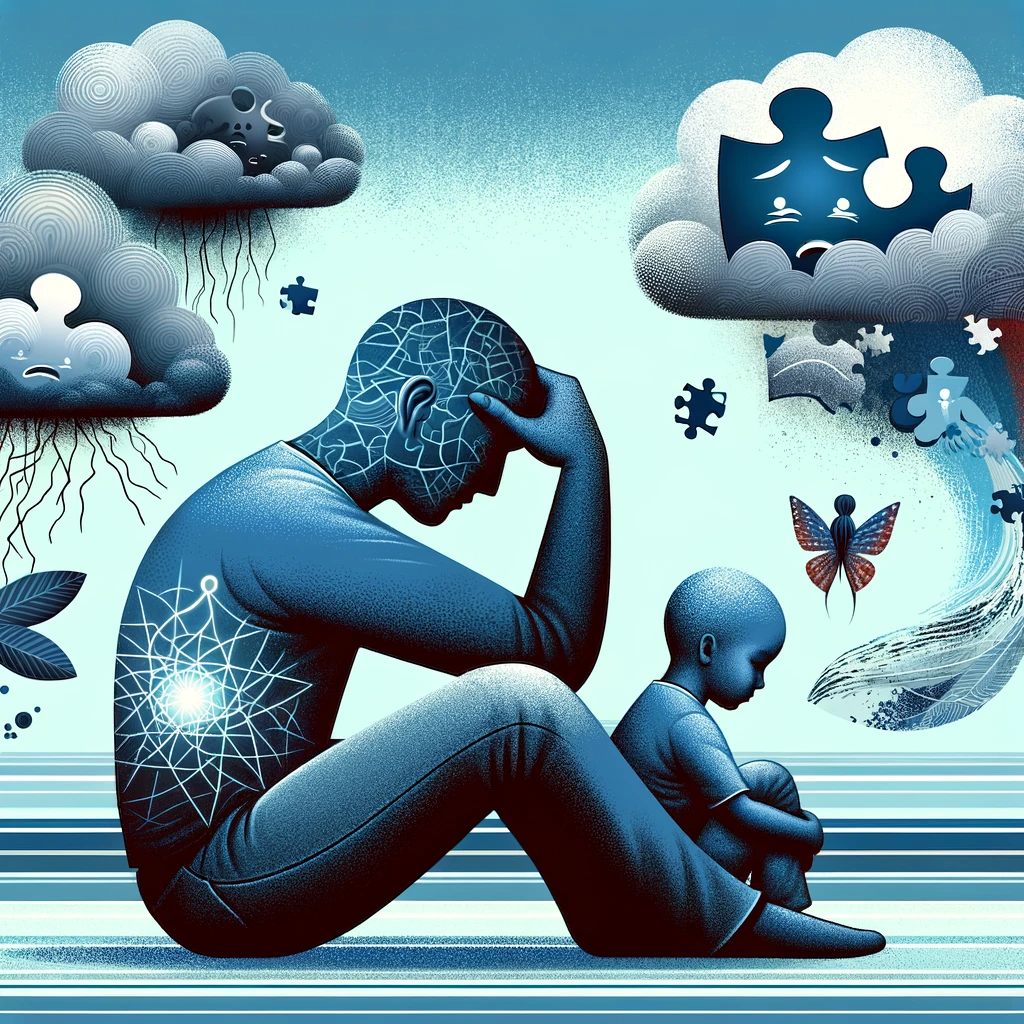
Embracing Mental Health: A Guide for Children and Teens
In today’s fast-paced world, understanding and caring for mental health has never been more crucial for children and teens. With rising concerns in the field of child and adolescent mental health, it’s essential to empower the younger generation with the knowledge and tools to seek help when needed. Recent data underscores the significance of mental health issues among young people. For instance, nearly 20% of children and teens in the United States have a mental, emotional, developmental, or behavioral disorder. Moreover, suicidal behaviors among high school students have seen a worrying increase, emphasizing the need for early intervention and support.
Read More
Recognizing and Helping Friends with Depression and Suicidal Thoughts: A Guide for Children and Adolescents
In recent years, awareness around childhood and adolescent depression and suicide has significantly increased, shedding light on the importance of early detection and intervention. Recognizing the signs in friends and knowing how to help can be vital in preventing tragedies. Depression in children and adolescents often manifests in various forms, which can include persistent sadness, lack of interest in previously enjoyed activities, withdrawal from friends or family, and changes in eating or sleeping patterns. These symptoms, if persistent, indicate a need for professional help. Other signs include frequent physical complaints, like headaches or stomach aches, trouble with relationships, and significant
Read More
Nurturing Mental Health in Larger Families: A Delicate Balance of Love and Individual Attention
Parenting in larger families comes with its own set of joys and challenges, especially when it comes to addressing the mental health needs of each child. With diverse personalities and needs under one roof, ensuring every child feels heard and valued is crucial. In large families, distributing attention and resources can be a complex task. While these families offer a built-in support system and a variety of perspectives, they also face challenges in ensuring equal recognition and attention among all children. Understanding and navigating these dynamics is key to fostering each child’s mental health. In the bustling environment of a
Read More
How 988 Can Help Support Teen’s Mental Health
Introduction to 988 and Its Reach The 988 Suicide and Crisis Lifeline, launched in July 2022, has become a vital resource for individuals facing mental health crises, including teens. Since its launch, 988 has received approximately 7.6 million calls, texts, and chats, with a substantial number routed to specialized subnetworks like those for the LGBTQI+ community and Spanish speakers. Understanding the 988 Lifeline’s Impact The Lifeline’s extensive reach demonstrates its importance in providing immediate assistance. The service has successfully answered around 90% of contacts, including calls, chats, and texts. The average speed of answer (ASA) is approximately 1 minute and
Read More
Recognizing Signs of Struggle and Seeking Help
Identifying Signs of Mental Health Issues Recognizing when a child is struggling with mental health issues is a critical step in providing the necessary support. Children often express their distress differently than adults, and these signs can be subtle or misunderstood. Behavioral Changes as Key Indicators Significant changes in behavior are often the most noticeable signs. This can include withdrawal from social situations, loss of interest in activities they usually enjoy, or dramatic changes in sleeping patterns. Other signs to watch for are self-harm, neglecting themselves, or displaying persistent sadness or hopelessness. The Role of Adults in Early Intervention It’s
Read More
Supporting Children Through Difficult Times
Understanding and Responding to Challenges Children, like adults, face various challenges and stressors in their lives. How we, as adults, respond and support them through these difficulties is critical for their mental and emotional well-being. It’s not just about managing challenging behaviors but also about understanding the underlying emotions and thoughts. Active Listening and Communication Regularly asking children how they are doing and encouraging open communication about their feelings is essential. It’s important to create an environment where children feel comfortable sharing their thoughts and emotions without fear of judgment. Active listening shows that their feelings are valid and important.
Read More


